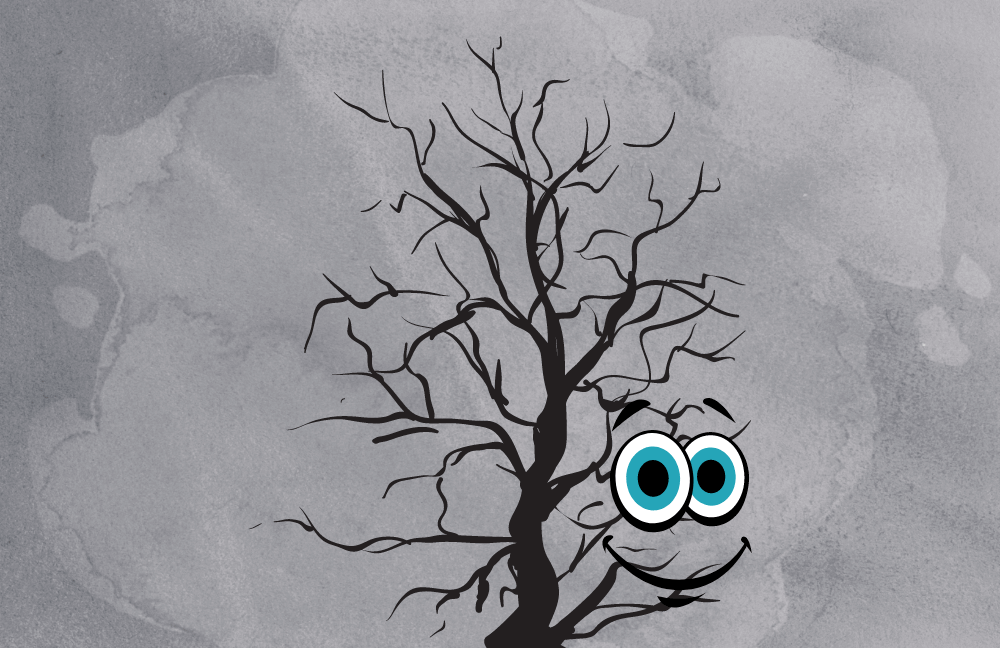Histrionic Personality Disorder (HPD)
What is Histrionic Personality Disorder (HPD)?
Histrionic personality disorder (HPD) also known as dramatic personality disorder, is distinguished by a consistent pattern of exaggerated emotional expression and attention-seeking behavior. These individuals are often identified as melodramatic, volatile, hysterical, erratic, or explosive. Specifically, people with histrionic traits typically present as flirtatious, seductive, charming, manipulative, impulsive, and lively too. Everyone can be some or all of these, at some or the other time. But people with this disorder are consistently famed as being theatrical and exaggerated in their conduct. Needless to say, their outlandishness can be appreciated every once in a while, making them the life of the party, but their superfluousness is unlikely to fund meaningful and longstanding relationships.
The term “histrionic” is based on an old theory that this condition was seen more in women and hence the uterus (hysterus) was held responsible. Today the term dramatic personality is better used to describe this demeanor.
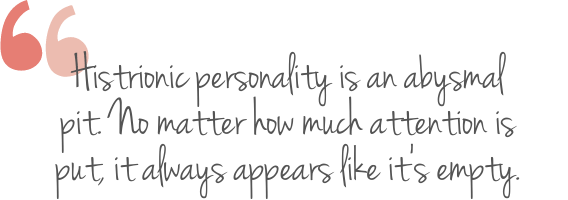
Is Histrionic Behavior a Serious Problem?
People with histrionic personality disorder tend to feel underappreciated or disregarded when they are not the center of attention. Hence, they demand and crave a “larger than life” presence. Their hallmark is, exaggerated sexual overtures with people who they’re not even sexually attracted to. They could be called ‘insincere and insecure teasers’, whose goal is to grab attention. In time the theatrical nature of emotions becomes obvious and people cease to give them the responsiveness they’re craving, which results in even greater emotive display.
Close association with a histrionic personality is emotionally tiring. The tumultuous display of emotionality and demand for attention, makes histrionic people a challenging management proposition for family, friends, caregivers, as well as treating professionals. In fact, many-a-time family and friends may be embarrassed by their hysterical spectacle. It’s a serious issue that needs attention.
Do People with HPD Seek Help?
The prevalence of HPD in the general population is 2 to 3%. Women are 4 times more likely to receive this diagnosis but the truth is men probably don’t report the problem as often, hence statistics could be flawed. The problem with histrionic behavior is that it tends to be ego-syntonic, meaning people with this disorder typically consider their behavior to be normal and refuse to believe they need help. Exaggerated emotional expression is not disruptive as such, but it does consume the capacities of people close to the sufferer.
Invariably people become cognizant of the problem much later in life once the dysfunctional patterns of their histrionic style have significantly disrupted relationships, work, or interpersonal wellness. This could enhance the likelihood of developing depression, as well as seeking the solace of alcohol, cannabis or other drugs of abuse. Such people are not in sync with their real emotions. Their shallow and superficial realities occasionally get whimsically intense, such that they may threaten suicide too. HPD is a serious condition and ought to be addressed professionally.
What Causes HPD?
Like most psychological conditions, histrionic personality disorder does not have one pinpointed cause, rather a combination of genetic, biological, psychological and social factors contribute to the final outcome of the garish persona. Histrionic individuals tend to have family members with similar attention seeking and emotionally volatile personality traits. Brains of these individuals are prone to neurotransmitter deficits, likely responsible for the impulsivity, moodiness and depressive tendencies. Hence a genetic basis seems sound.
A permissive parenting style in childhood, that lacks boundaries, can make parents over-indulgent and inconsistent. This way children learn mixed messages about emotions and behavior. Some parents might also inadvertently role model dramatic, erratic, volatile, or inappropriate behavior. Such children miss essential milestones in their emotional development. Hence the child-like demonstration of feelings, and inability to modulate emotions, because they’ve never really learned what emotions are to be expressed in response to which situation.
Histrionic people are unaware of the impact that their behavior can have on their relationships. Their “incomplete inner working models” make them concoct and predict rejection. And to prevent this, they draw the light on themselves preemptively by embracing casual acquaintances with passion, sobbing uncontrollably over minor setbacks, or having temper tantrums in the most unexpected situations. They’re trying to fulfill their pit of insecurity with the attention they get form people.
Symptoms and Diagnosis of HPD
Histrionic Emotionality
- Hyper-reactivity to opinions
- Intense sporadic mood swings
- Frequent frustration spells
- Recurrent and frequent crying
- Suicidal threats or attempts
Histrionic Dramatics
- Theatrical mood displays
- Tactless seductive behavior
- Inapt flirtatious tendencies
- Revealing dressing style
- Using substances in public
Histrionic Cognition
- Gullible, Influenceable
- Limited attention span
- Easily bored with routine
- Speaking style lacks detail
- Cannot delay gratification
Histrionic Relationships
- Can’t respect personal space
- Insecure attachment style
- Sense of incompleteness
- Exaggerated dependency
- Overestimate the intimacy
Lack of Empathy
- Lack of any real emotion
- Cannot perceive emotions
- Ignorant of people’s needs
- Taking advantage of others
- Over impressionable, gullible
Attention Seeking
- Persistently seeking admiration
- Attracting attention in public
- Loud and intense showiness
- Redundant outlandish behavior
- Taking focus away from others
Why Is Management of HPD Challenging?
Typically, a person with this personality disorder may be reluctant to seek treatment and may only start therapy if coaxed by a partner or family member. When those on the milder side of the spectrum possess some degree of insight, and seek help by themselves, they do show transformation. Therapy involves collaborative explorations of unconscious and automatic defenses which need to be brought to light with self-awareness.
It is difficult to give up an ingrained pattern of attention seeking because this is internally rewarding. Hence the focus of therapy is on taking ownership of competencies and achievements, to stabilize self-esteem, lower the insecurity and lessen the emotional distress, which motivates people to attract the spotlight on themselves in the first place.
How Does Psychotherapy Help HPD?
Psychotherapy in HPD focuses on changing negative views of the self, others, and the world at large. Cognitive techniques like CBT (Cognitive Behavioral Therapy), REBT (Rational Emotive Behavior Therapy), ACT (Acceptance and Commitment Therapy) and Humanistic techniques like EFT (Emotion focused Therapy) to name a few; all work on dysfunctional thoughts, emotions and behaviors that contribute to unreasonably negative thoughts and demanding moods.
Behavior therapy facilitates an understanding of contingencies of histrionic behavior. By establishing cause to effect relationships, one can be made to realize that uninhibited, hyper-sexual, attention-seeking behaviors are maladaptive, and that there are healthier ways to win respect and admiration from others.
Essentially, a combination of supportive, cognitive, emotive, behavioral and psychodynamic therapy approaches helps. Goals include mindfulness, distress tolerance, regulation of emotions and interpersonal effectiveness with focus on attachment styles. When relationships are perceived as secure, the resultant emotional upheavals in response to the need for attention. are avoided.
Therapy Goals in HPD
- Reduce emotional hyper-reactivity
- Bring to light irrational expectations
- Defy distorted, harmful perceptions
- Replace these with positive beliefs
- Assess the causes of low self esteem
- Reframe the hopelessness to hope
- Fight dependence, build self-esteem
- Inculcate logical problem solving
Therapy Outcomes in HPD
- Better adaptation in social situations
- Enhanced self-concept and worth
- Greater resilience and stress coping
- Improved interpersonal relationships
- Awareness of negative automatisms
- Enhanced communication skills
- Reclaimed self-confidence/ esteem
- Realistic emotional and life goals
MINDFRAMES Help with HPD
Several time-tested and evidence-based psychotherapy techniques are proposed for histrionic behavior management, but we believe that the final approach must always be customized to the individual’s needs. Supportive and empathic listening is encouraging, reassuring, and non-threatening. A strong therapist-client relationship, and commitment to therapy helps any technique to show effect. Treatment is challenging, but a committed therapist-client duo can make self-change happen, with significant reduction in symptoms, improved relationships, and heightened quality of all interpersonal interactions.
Psychotherapy is for everyone because nobody is free from stress, uncertainty and insecurity. As a psychiatrist and psychotherapist practicing distinctive therapies, Dr Shefali guides you through cognitive, mindfulness and neurobehavioral milestones to help you think, feel and behave more purposefully. How you feel matters. Do something about it.
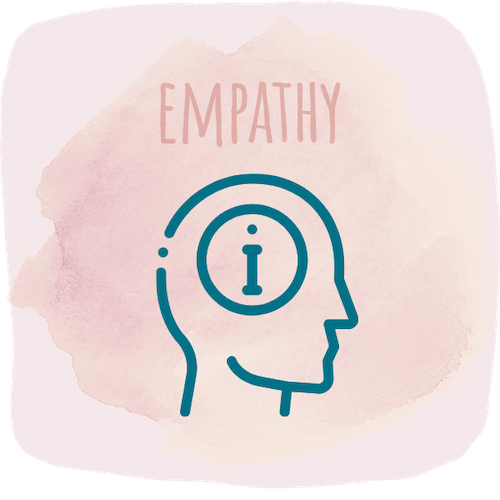
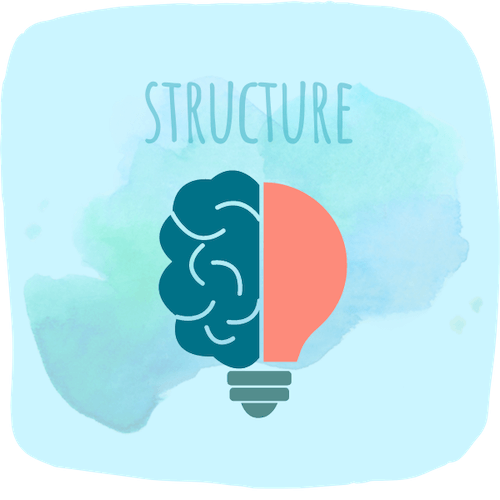


References
- Sulz, S., (2020). Hysteria I. Histrionic personality disorder. A psychotherapeutic challenge. Nervenarzt,;81(7):879-87; quiz 888.
- American Psychiatric Association. (2013). Diagnostic and statistical manual of mental disorders (5th ed.). Washington, DC: Publisher.
- Chodoff, P., (1982). Therapy of hysterical personality disorders. Curr Psychiatr Ther;21:59-65.
Latest Posts

7 Reasons Why You Should Seek Therapy

7 Questions About Workplace Stress Answered
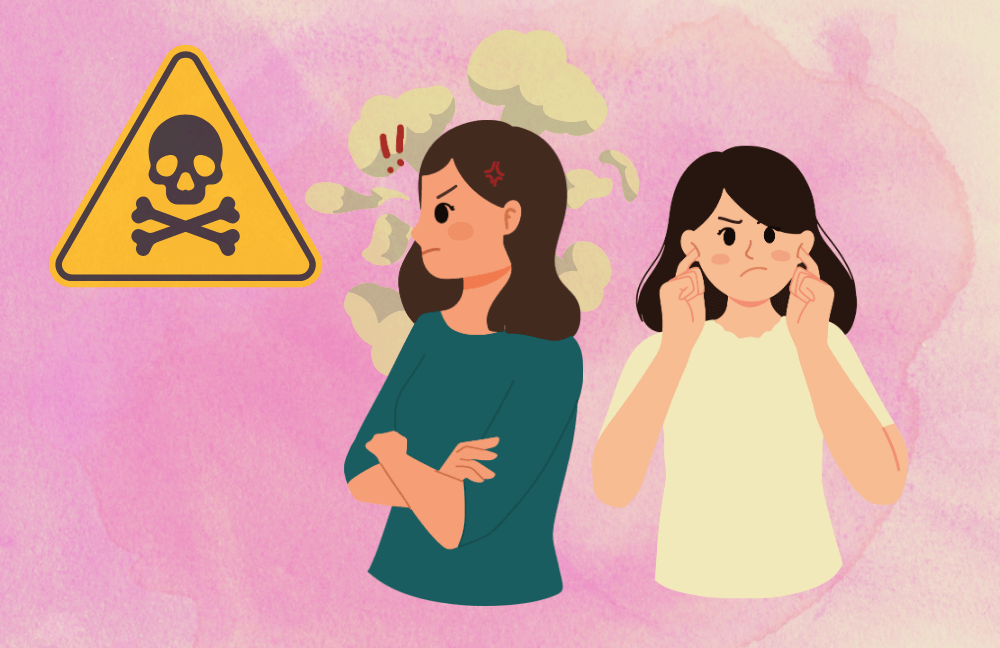
5 Ways To Deal With A Toxic Coworker
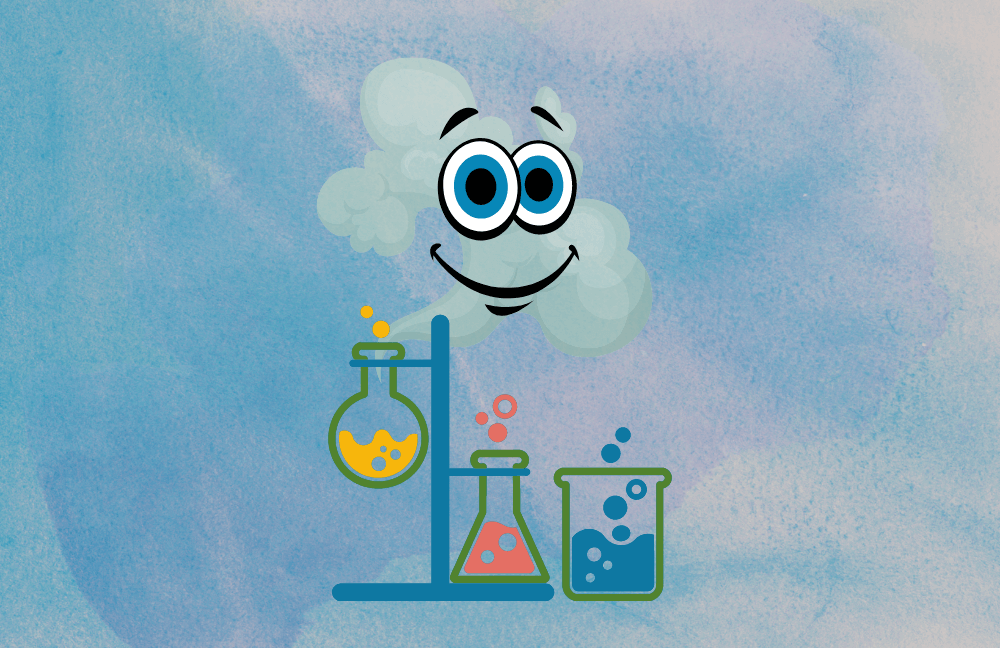
Science of Happiness: 1000s Of Years Of Research
